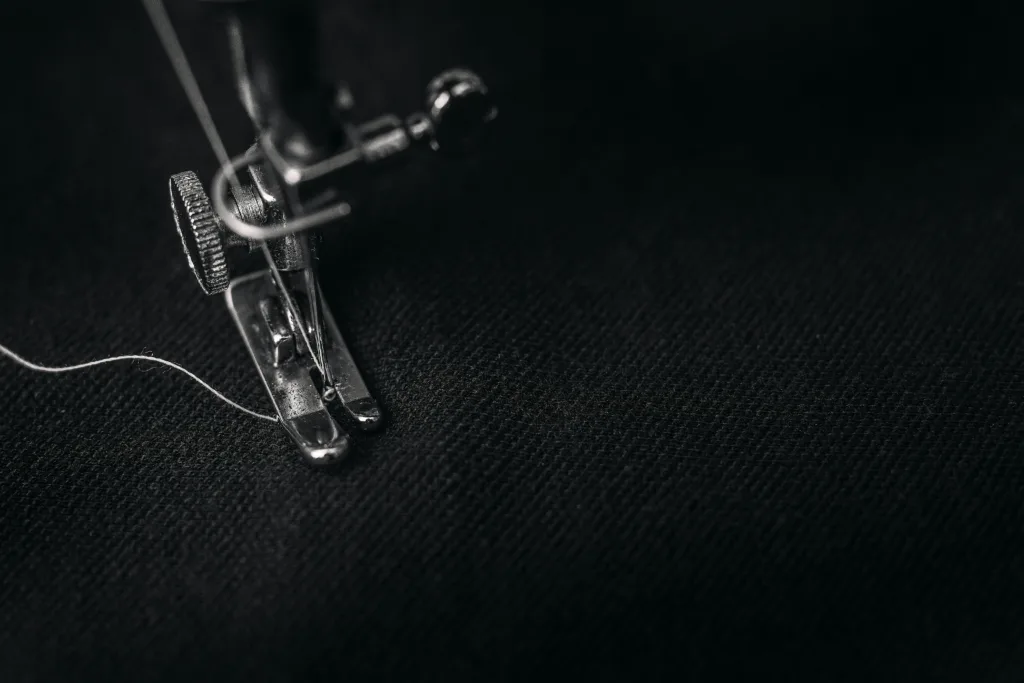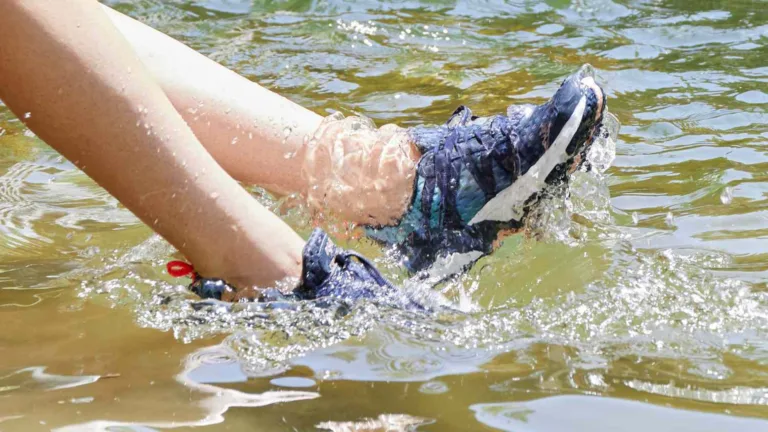5 Powerful Ways to Cut Fashion Waste and Love Your Clothes Longer

(Let’s #BeatWastePollution with smarter style choices!)
Fashion’s Waste Problem Is Bigger Than You Think
The fashion industry is one of the world’s largest polluters—and our closets are part of the problem. From toxic dyes to fast fashion landfills, every piece of clothing we buy has an environmental cost. According to the Ellen MacArthur Foundation, the equivalent of one garbage truck full of textiles is landfilled or burned every second.
But there’s good news: we can change that. You don’t have to be perfect to make a difference. Small changes to the way we shop, care for, and think about clothes can have a huge impact on our planet. Below are five meaningful, doable ways to reduce waste in fashion—and help beat waste pollution for good.
1. Choose Circular Fashion Over Throwaway Trends
Fast fashion thrives on obsolescence. New styles hit stores weekly, often designed to break down after a few washes. But the true cost is environmental—tons of waste, emissions, and unethical labor. Circular fashion offers a better alternative. It’s a system that keeps clothes in use longer by designing them to be reused, repaired, resold, or recycled.
You can help by supporting brands with take-back programs, shopping vintage or secondhand, and learning basic repair skills. Even donating to clothing swaps or hosting your own with friends helps extend a garment’s life. Websites like Fashion for Good offer insights on innovations in circularity, from closed-loop recycling to regenerative design. The longer you keep a garment in circulation, the more waste you reduce—and the more personal your style becomes.

Your wardrobe doesn’t have to end up in the trash. It can become part of a more circular, conscious system where fashion is loved longer and waste is left behind.
2. Support and Advocate for Fabric Recycling
Most clothing is made of blended fabrics that are difficult to recycle with current technology. That’s why less than 1% of textiles become new garments. The rest either sit in landfills for decades or are incinerated, releasing toxic emissions. We urgently need better infrastructure for sorting, processing, and reusing textile waste.
In the meantime, consumers can take action by supporting brands that offer take-back schemes or use post-consumer recycled materials. Explore initiatives like Recover or Worn Again Technologies, which aim to scale up textile-to-textile recycling solutions. Even separating clothing donations by fiber type can help reduce contamination in the recycling stream.

Also, educate your community—many people still don’t know that clothes shouldn’t go in the regular trash. Start small: talk to friends, write a social media post, or contact local councils to ask about textile waste options. Every effort counts toward building a better system that values materials, not waste.
3. Say No to Toxic Chemicals in Fashion
Textile production involves a toxic cocktail of chemicals—many unregulated or poorly tested. From azo dyes to heavy metals, these substances can poison waterways, harm workers, and irritate skin. Even “new clothes smell” can signal formaldehyde and volatile compounds lingering in the fabric. Clean fashion is essential for both environmental and human health.
Start by choosing garments certified by OEKO-TEX, GOTS, or Bluesign®, which signal higher chemical safety standards. You can also avoid synthetic performance finishes like stain-repellent coatings or wrinkle-free treatments that often include PFAS, known as “forever chemicals.”
Want to dig deeper? Check out Fashion Revolution’s Transparency Index to see which brands disclose their chemical policies. Supporting companies that produce with water-safe dyes and non-toxic treatments encourages the industry to shift toward safer processes.

At the end of the day, the clothing on your skin should be safe to wear—and safe to make.
🌍 Inspiration from the Community: Real People, Real Change
Sustainability isn’t just a trend—it’s a global movement powered by everyday people. Social media is full of inspiring posts from folks who are proving that reducing fashion waste is stylish, accessible, and empowering. These micro-moments of creativity add up to massive impact when shared across platforms.
Whether it’s repairing an old jacket, participating in a swap party, or completing a 30-day outfit challenge, these actions demonstrate that change is possible. They also help normalize behavior like rewearing outfits or choosing pre-loved clothing—actions that should be celebrated, not shamed.
Here are just a few inspiring voices:
🧵 “This jacket is 15 years old and still going strong. Vintage never goes out of style.”
📸 @sustainablestylequeen on Instagram
🔄 “Swapped 3 tops at a local clothing exchange today. Free fashion, zero waste!”
💬 @GreenClosetLife on Twitter (X)
👖 “My denim didn’t die—just got new life with patches and love. #FixDontToss”
📌 DIY repair inspo on Pinterest
💃 “30 days, 1 dress, endless looks. This challenge changed how I see my wardrobe.”
🎥 Join the challenge on TikTok
♻️ “I used to impulse buy. Now I pause, ask, and choose consciously. #SlowFashion changed everything.”
📸 Follow the movement on Instagram
Add your voice to the movement by sharing your sustainable style story with hashtags like #BeatWastePollution, #ClosetRevolution, and #WearWhatMatters.
4. Rethink the Culture of Overconsumption
We live in a world that constantly encourages us to buy more—especially when it comes to fashion. New collections every season (or week!), flash sales, and influencer hauls create the illusion that our wardrobes are never enough. But this consumption cycle is neither sustainable nor satisfying.
Instead of chasing quantity, shift toward intentional ownership. Curate a closet that aligns with your lifestyle, values, and personal style. Take inventory and ask: Do I really need this? Can I style what I already have in new ways?

Movements like Project 333 or the 30 Wears Challenge help you reframe your relationship with clothing and reduce decision fatigue. When you slow down and invest in fewer, better pieces, you reclaim power from marketing and connect more deeply with your clothes.
Ultimately, fashion should be an expression—not a form of pressure.
5. Shop Smarter, Not More
Today’s most sustainable shopping habits go beyond price tags. It’s about purpose and impact. Smarter shopping means looking past fast fixes and trend cycles to make thoughtful choices about what you bring into your life.
Before buying, ask yourself: Do I love it? Will I wear it often? Does it fit well and align with my values? If the answer isn’t yes, walk away. If it is, choose quality over quantity, durability over disposability.
You can also explore creative alternatives like clothing rental for events, subscription boxes for kids who outgrow clothes quickly, or mending cafés where communities teach each other repair skills. Brands like The RealReal, NUULY, and Thrift+ offer stylish and sustainable options for conscious shoppers.

Shopping mindfully isn’t about restriction—it’s about freedom. Freedom from waste, clutter, and regret.
✅ Take Action: 5 Quick Wins You Can Do Today
Ready to turn your good intentions into action? Here are five small but powerful ways to start reducing fashion waste right now:
- Revisit your closet – Find a forgotten item you love and wear it today.
- Follow three ethical fashion accounts – Get daily inspiration.
- Organize a clothing swap – Start with your inner circle.
- Try mending something – Even if it’s just sewing a button.
- Share this blog – Awareness sparks action!
Each action you take inspires others to follow. Let’s build a movement—one smart choice at a time.
🧠 Final Thoughts: Fashion Doesn’t Have to Cost the Earth
Our clothes shouldn’t be disposable. By rethinking how we buy, wear, and care for fashion, we can drastically reduce waste, protect ecosystems, and support better industry practices.
Whether you rent, swap, repair, or simply wear your favorite pieces longer—you’re taking real steps toward a more sustainable future. Fashion is powerful, and together, we can use it for good.






